Repotting African Violets – when, why, and how!
Repotting African Violets is easy to do and keeps them looking their best. How often should your repot African Violets? What is the best soil? Find out here!
There are few thoughts on how often you should transplant African Violets but I like to call on the experts (professional growers) for the best advice.
That being said, I confess to not repotting my African Violets often enough and they can develop long necks, get a bit floppy in their pots, and then they struggle a bit. So if African Violets can take my abuse you can grow them too!
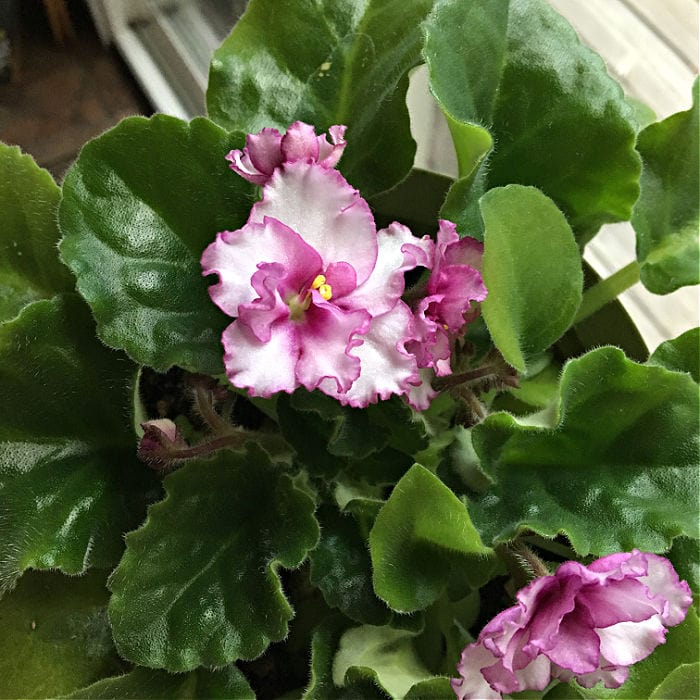
Note: This post may contain affiliate links. If you make a purchase after clicking a link I may make a small commission at no added cost to you.
How often should you repot African Violets?
African Violets should be repotted every 5 to 6 months. That may seem like a lot but it does keep them looking their best and avoids them developing long necks.
A healthy violet will have its lowest leaves growing from the main stem or trunk at the soil level.
As I said before I fail at getting my African Violets repotted when I should so later on in this post I will share how to repot them once they develop long necks.
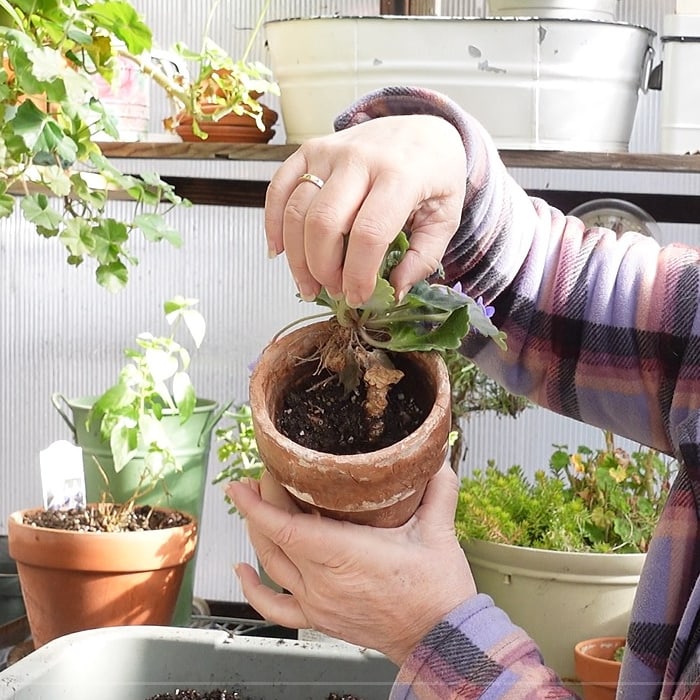
How to Repot African Violets
Remove any limp, damaged, or otherwise poor-looking leaves. Also, remove any faded blooms. Leave only the freshest leaves. You can remove up to half of the foliage safely.
This will reveal a snort “neck” or main stem. This may be about 1/2 inch. (this is the case if you are repotting every 5 or 6 months unlike mine above that shows quite a bit of neck)
Remove African Violet Plant from Pot
Pull the African Violet from its pot. This should come away easily but if you struggle tip the pot upside down while supporting the African Violet with your hand. (the video shows this to you)
Massage the soil away from the roots, be gentle.
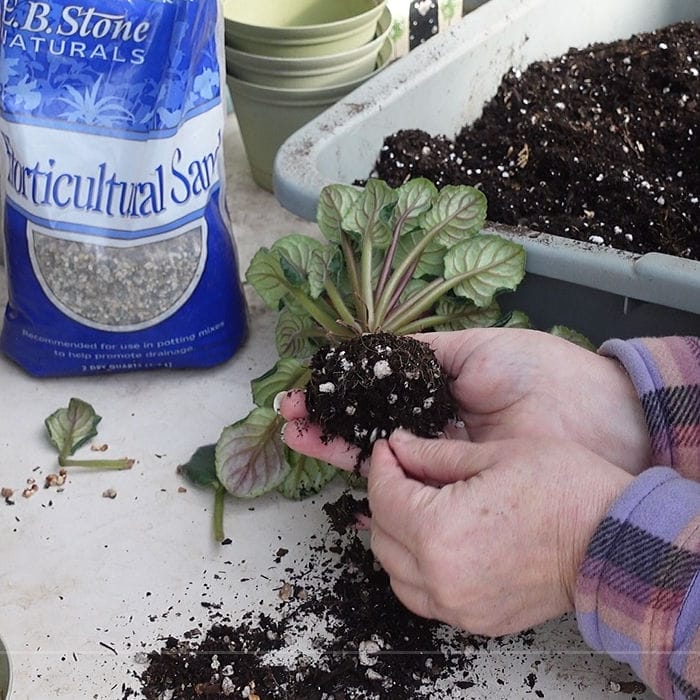
As you have removed half of the foliage you can safely remove half the roots. Don’t worry, this will encourage fresh roots and foliage for a happy, revived African Violet!
Generally, you can remove up to the same amount of soil as you did foliage.
One of the most common causes of African Violet death is root rot. Cutting away some roots encourages new growth refreshing them. Overwatering is the main cause of root rot. Be extra careful not to overwater!
Best pots for African Violets
Standard African Violets do well in pots about 4″ wide. Pots that are as tall as they are wide are a great choice. Miniature and Semi miniatures should be planted in 2.5 inch pots.
When repotting your violets you should use a clean pot the same size as the one it is already in. There is no need to pot it up in a larger size.
What is the Best Soil for African Violets
The experts recommend a peat-based mix but because of the ecological concerns of using peat moss, I do not. The mixes you can buy for African Violets are not recommended.
So what soil should you use for African Violets? Personally, I use regular potting soil with some extra perlite added and sometimes some horticultural sand. I am never precise with the measurements but I estimate it is 2/3 potting soil and 1/3 perlite. This has worked fine for me.
Place some of the potting soil mix into the clean pot. Next set in the African Violet, make sure that the violet plant sets down into the pot with the bottom leaves level with the rim.
Tilt to the side and add soil working around the violet. Press the soil down gently but firmly. This tends to be messy but it is worth it.
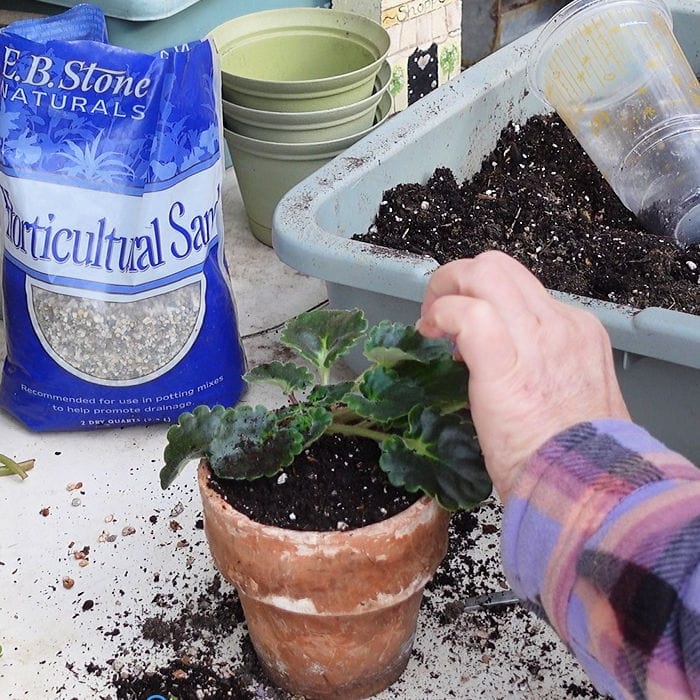
Water in and brush dirt from leaves. Some soil may settle with watering, just top up as needed.
Repotting African Violets with Long Necks
Repotting African violets with long necks is not too much different than the usual method explained above. But you may need to be slightly innovative and more aggressive at removing part of the root ball. In the video linked below, you will see I tilted the plant slightly as I repotted it to bury the long neck.
When done repotting no neck should be visible. Just make it a goal to repot sooner so you won’t have to deal with elongated necks. Your African Violets will thank you. Go ahead and watch the video of how I repot my African Violets!
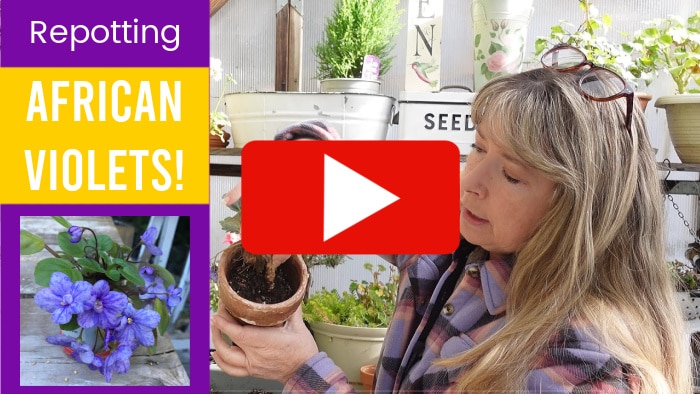




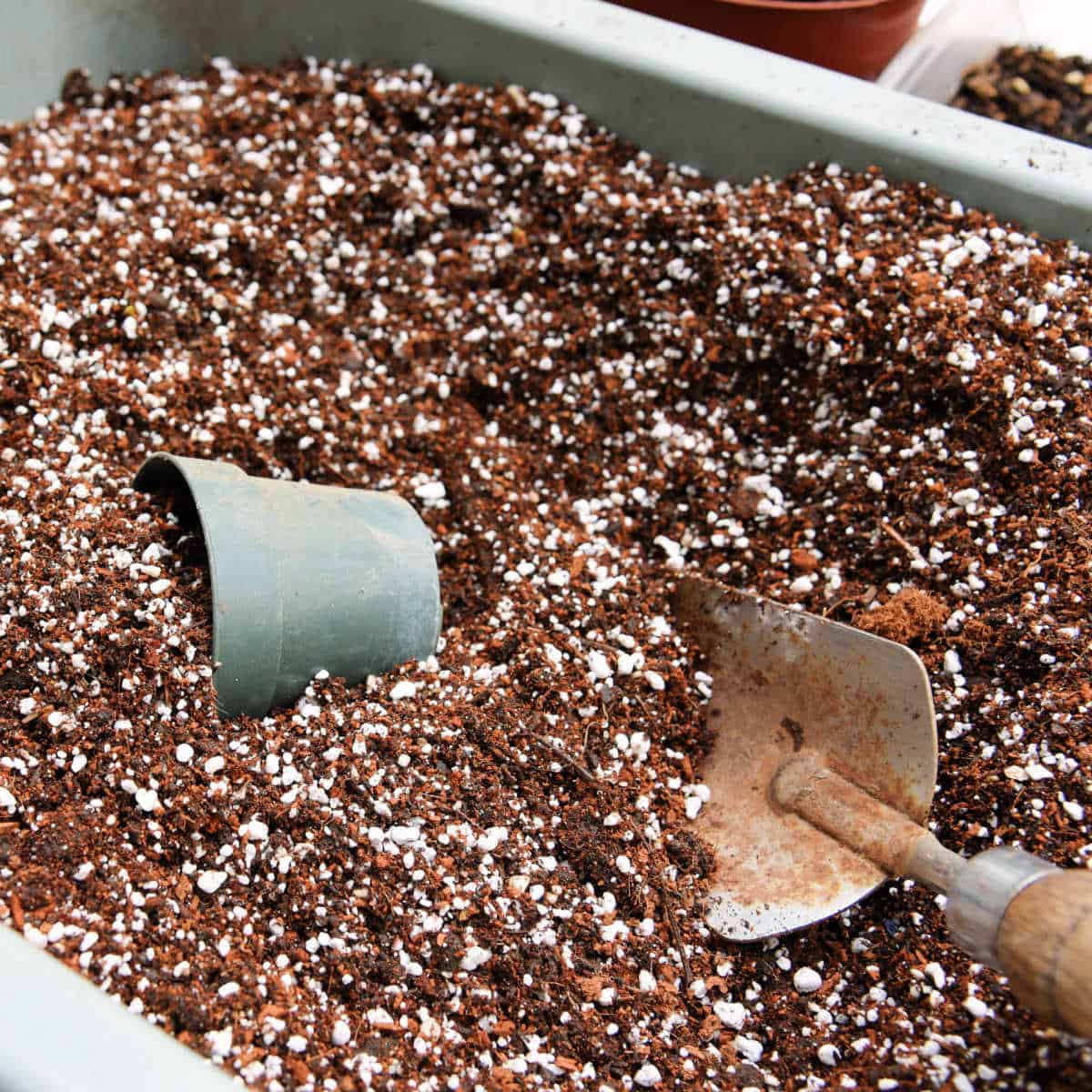
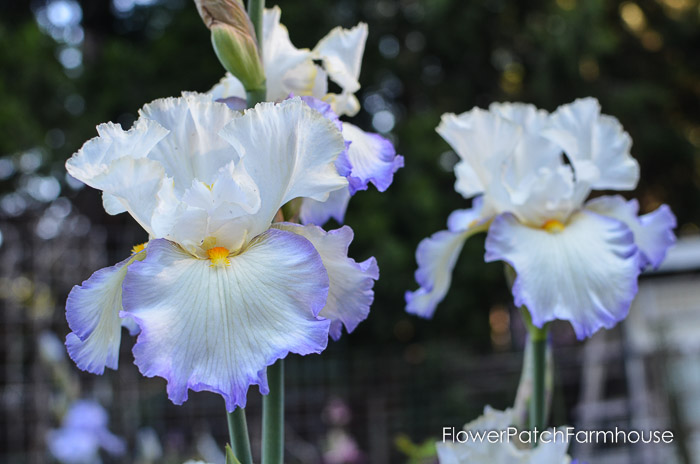



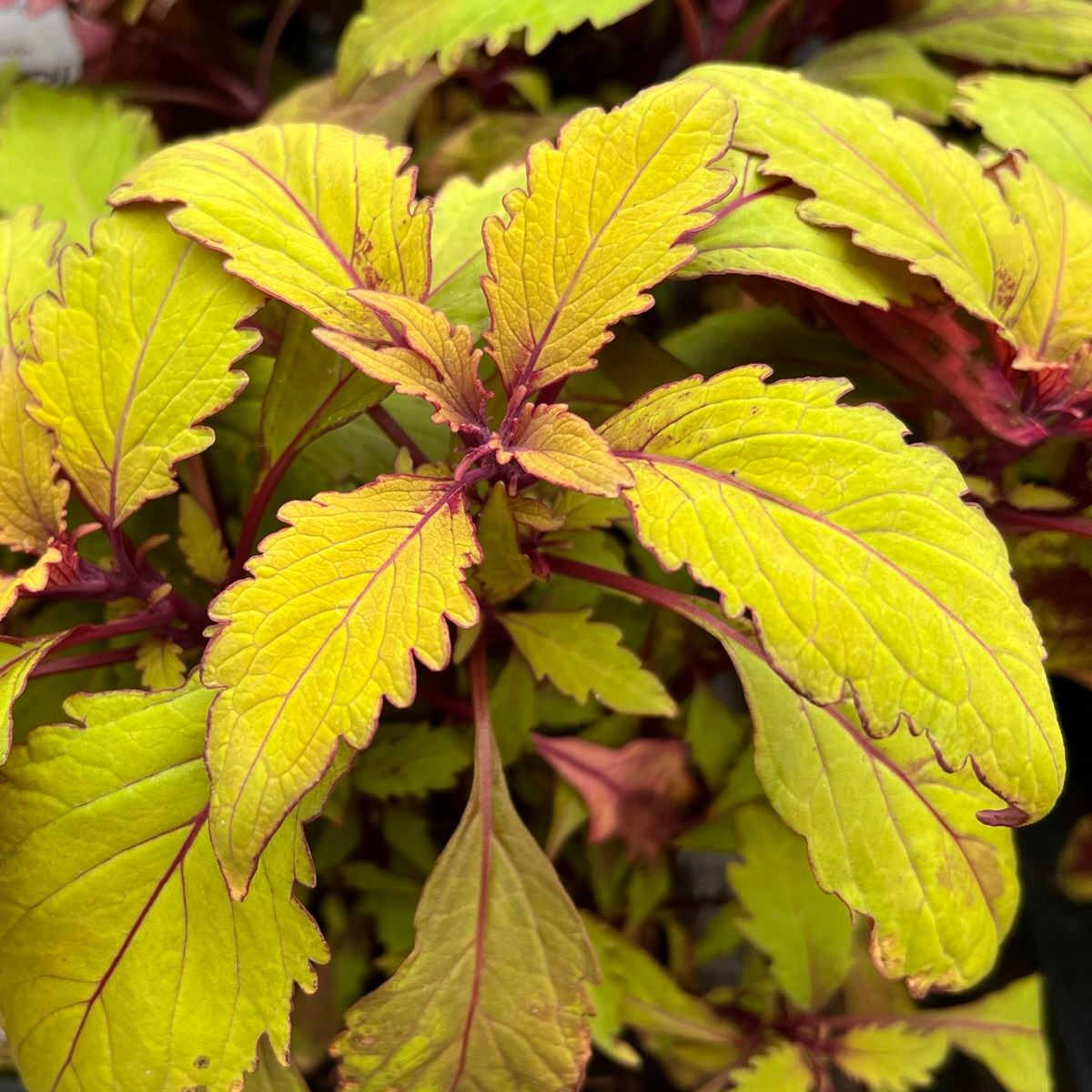
I know, me too. I am too busy to repot them as often as the experts suggest so I just go with what I can do. Yes, mine that I have in my eastern facing office window do the best. Though the ones in my west-facing kitchen window do fairly well too but it is shaded during the summer by an umbrella that is used with a table there. In the winter there is no umbrella but the sun is so weak it doesn’t seem to hurt them. I have some under grow lights and they do rather ho hum but better than not.
LOL – I’m lucky if I report once every 10 years! I’ve been growing AVs for more than 45 years. When mine get a leggy neck (and some of my AVs are pretty old, so they’re old-fashioned and lean toward the leggy), I just pull them out of the soil, trim off old leaves or leaves that tend to come off, let the stem harden for a couple of days and then pop it back into the soil and press the soil around it. I think it’s all in the exposure: if you can get east sun, you’re good to go. If not, it’s a pain. In my existing house, I had a counter built just for the AVs in an east window. I don’t have such a good spot in the house I’m remodeling, so I may have to resort to some grow lights.